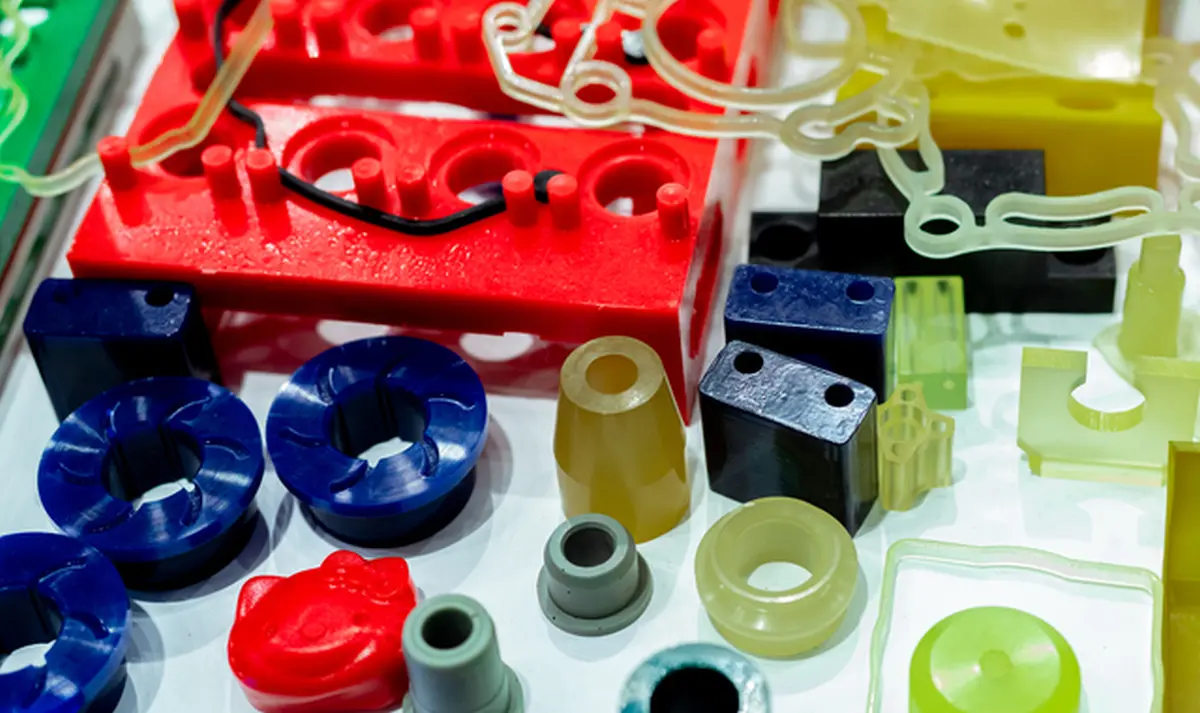Acrylonitrile Butadiene Styrene (ABS): Reliable and Resilient
It’s often said, “The whole is greater than the sum of its parts.” When it comes to thermoplastics, that couldn’t be truer.
24/08/2025
2min read
It’s often said, “The whole is greater than the sum of its parts.” When it comes to thermoplastics, that couldn’t be truer.
24/08/2025
2min read

It’s often said, “The whole is greater than the sum of its parts.” When it comes to thermoplastics, that couldn’t be truer.
Acrylonitrile Butadiene Styrene, commonly referred to as ABS plastic draws on the unique properties of its components to create one of the most reliable and resilient manufacturing materials worldwide. Revered for its unmatched strength and robust performance, ABS is found in everything from toys to test tubes and cars to construction materials.
Look at what makes ABS plastics so impressive.
While no single person is credited with the discovery of ABS plastic resin, it was first developed in the 1930s because of polymer chemistry research. The push to create stronger materials during World War II led to further development, though it wasn’t commercially sold until the Borg-Warner Corporation introduced it to the market in 1954. Following its release, ABS plastics gained popularity in several industries, but one of the most significant uses was in 1963 when the LEGO Group began using it in their building blocks. Today, scientists continue to research how to build on ABS performance through additives and other processes.
ABS is the ISO abbreviation for Acrylonitrile (AN), Butadiene (BD) and Styrene (ST). Unlike other homopolymer (i.e., made from the same raw material monomer) plastics, ABS resin is a polymer alloy — a multi-component plastic that includes copolymerization.

Valued for stability, moldability and countless other features, ABS resin has an ideal balance of properties that make it widely popular worldwide. For example:
Manufacturing methods like injection molding, extrusion, blow molding, 3D printing and thermoforming are used to create ABS products. Plus, ABS resin is inexpensive compared to other engineering plastics, and ABS density is low, considering it is durable and easy to work with.
Common uses include:
Q: Is ABS recyclable
A: Yes, ABS is recyclable, and research to create a bio-based ABS substance is ongoing.
Q: Is acrylonitrile butadiene styrene (ABS) toxic?
A: In its finished state, ABS is non-toxic and does not contain dangerous substances but must be handled properly during process to avoid fumes emitted at high temperatures.
Q: Is ABS plastic strong?
A: ABS is known for being tough, impact resistant and typically not flexible.
Q: What are the disadvantages of ABS plastic?
A: Although ABS is commonplace, it does have some downsides. It is not ideal for outdoor use, isn’t bio-degradable and is sensitive to chemicals. Additionally, ABS heat resistance is low to moderate compared to other plastics.
02/12/2025
By Web Editorial Team
2min read
02/12/2025
By Web Editorial Team
2min read
11/11/2025
By Web Editorial Team
2min read
Copyright© 2025 PlaBase. All Rights Reserved.